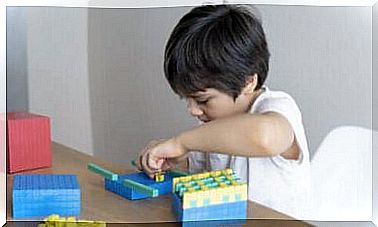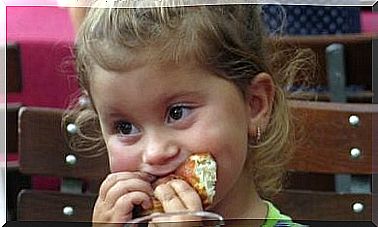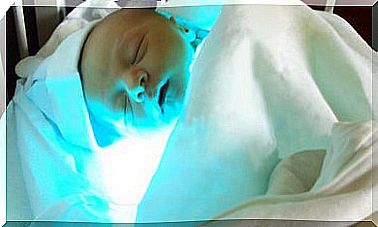What Is Malabsorption Syndrome In Children?

It is referred to as malabsorption when the intestinal wall cannot capture nutrients from food during digestion. Malabsorption syndrome in children can cause chronic diarrhea, anemia and malnutrition. It can also be associated with disorders such as Crohn’s disease, intestinal parasites or celiac disease, among others.
Malabsorption syndrome can be the cause of significant problems. Therefore, it is essential to treat this pathology in the shortest time possible, to prevent the situation from getting worse. Everything will start with the proper clinical analyses.
The clinical picture to assess the causes of malabsorption syndrome in children requires information about medical and surgical history.
In fact, it can be a condition caused by an underlying disease related to the bowel wall, previous manifestations, or a more serious problem. Anyway, laboratory tests must be done to analyze the situation and make a proper diagnosis. Next, we’ll look at some guidelines to follow .
Characteristics of the digestive process
The digestive process is responsible for transforming food nutrients into small particles that will be released into the bloodstream through the intestinal walls. From this, each cell in the body will receive the necessary elements for its proper functioning.
In cases of malabsorption syndrome in children, these nutrients will be discarded through the faeces. Although a passing virus can cause diarrhea and malabsorption, when we talk about syndrome, the problem is different. Therefore, faced with prolonged diarrhea, it is necessary to go to the pediatrician urgently.
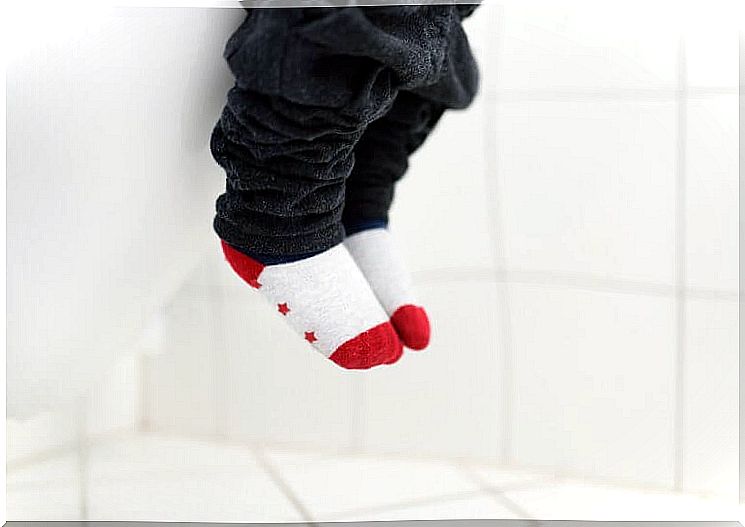
Symptoms of Malabsorption Syndrome in Children
There are two more obvious symptoms: abdominal pain and loose stools, very frequent and with a strong smell. If not properly treated, in the medium and long term, the child will be prone to infections, fractures and fragile skin. Among other reasons, because the body’s defenses will be visibly diminished.
Malabsorption syndrome in children also causes mood swings in children. It is understandable, in the face of prolonged discomfort, for the child to become irritable, listless, despondent, and sleepy.
Anyway, we must clarify that severe symptoms do not result from a condition of two or three days. The problem for which laboratory tests must be performed urgently occurs when, after a week or ten days, the stool remains soft and the abdominal pain persists.
Diagnosis and treatment in cases of malabsorption syndrome in children
Certainly, determining the causes of malabsorption is often a tiring process for parents and children. Also, in some cases, even an intestinal biopsy is necessary to rule out primary small bowel disease.
With all this, it is possible to confirm intestinal lesions with bacterial causes without completely deciphering the reasons. Anyway, the first thing the pediatrician will ask for in laboratory tests will be the stool culture. In this exam, among other things, the presence of fat in the stool is evaluated.
Different exams
Other possible tests are the Schilling test – which focuses on vitamin B12 malabsorption – or the expiration test. In fact, the latter determines whether the problem is due to an intolerance to milk protein (lactose), for example.
Thus, laboratory tests will continue until the causes of malabsorption are established as accurately as possible. The “sweat test”, for example, determines whether the child has cystic fibrosis, which would lead to a shortage of a group of enzymes necessary for good digestion.
In severe cases of malnutrition, the child must be hospitalized to have all the corresponding tests and tests done immediately.
While the causes are not known, the child’s diet should be restricted, although it is the pediatrician who will determine whether or not dairy products should be discontinued or what foods can be eaten so as not to worsen the condition of loose stools.
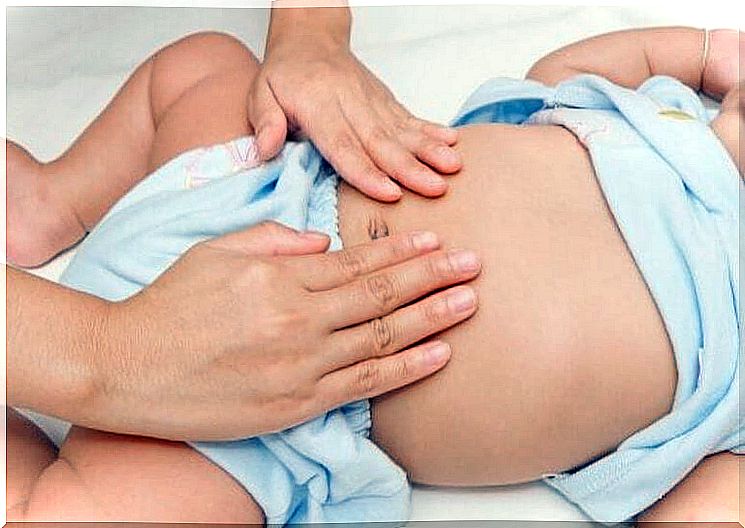
An effective treatment
Once the pediatrician has determined the cause of malabsorption in the child, he or she can prescribe a treatment. But what can be the test results in cases of malabsorption syndrome in children?
The simplest would be the presence of a bacterial frame on the intestinal walls. In this case, the treatment is done with antibiotics and in a few days it is possible to see improvements.
Another possible cause and treatment of this syndrome is an overactive bowel. Faced with this problem, pediatricians will prescribe medications that neutralize excessive intestinal activity so that food has time to be processed and its nutrients can be absorbed.
In conclusion, malabsorption syndrome in children can be a health complication. Especially if the causes are not detected in time and adequate treatment is not provided.
Thus, for cases where the reasons for malabsorption cannot be specified, the way to avoid malnutrition is to follow a diet of foods that are easily absorbed.



